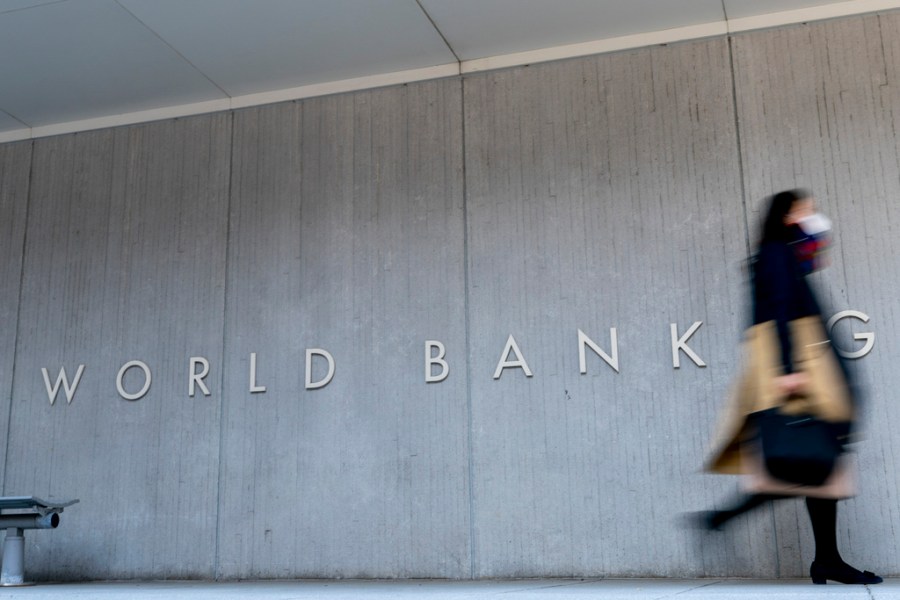
Project 2025’s call for U.S. withdrawal from the World Bank threatens to hand America’s competitors a historic victory. While the blueprint correctly diagnoses the bank’s inefficiencies, its prescription would be catastrophic for U.S. interests.
Having moved from World Bank leadership to private sector corporate affairs, I can attest that it needs urgent reform — but abandoning it would be a strategic blunder of the highest order.
The World Bank, for all its faults, remains America’s most powerful tool for global development leadership. When I led health reforms in countries from Armenia to Romania, I saw firsthand how its technical expertise and convening power advanced both development goals and American interests. In almost every case, countries chose the World Bank over other partners because of its unique ability to mobilize resources and expertise at scale.
However, Project 2025’s criticism isn’t entirely wrong. The bank’s operating model desperately needs modernization. Drawing from my private sector experience, three market-based reforms could transform the institution’s effectiveness while preserving American leadership.
First, revolutionize the workforce strategy. While private sector companies embrace flexible contracting to match staffing with evolving needs, the World Bank remains wedded to lifetime tenure for most positions. This rigidity wastes resources and stifles innovation. The bank should adopt private sector-style staffing models that prioritize impact over job security, while maintaining core institutional knowledge.
Second, implement systematic market segmentation. The World Bank’s current country-by-country approach to defining priorities is inefficient and often politically driven. Instead, it should develop a comprehensive market taxonomy — similar to how private companies segment markets — to determine where and how to invest resources. This would prevent the wasteful tendency to try everything everywhere and enable more strategic resource allocation.
Third, rationalize the development finance landscape. Multiple agencies offering similar services with different terms creates inefficiency and enables “double-dipping” by borrowers. The U.S. should lead efforts to coordinate development partners and establish clear divisions of labor, similar to how private sector companies form strategic alliances to maximize impact.
Critics might argue these reforms are too difficult to implement in a multilateral institution. But the alternative — U.S. withdrawal — would create a dangerous vacuum. China, through initiatives like the Asian Infrastructure Investment Bank and the Belt and Road Initiative, stands ready to fill any void left by American retreat. The resulting loss of U.S. influence would far outweigh any short-term savings from withdrawal.
The new administration, currently debating World Bank funding, should instead use America’s position as the bank’s largest shareholder to drive these reforms. By modernizing the World Bank rather than abandoning it, the U.S. can maintain its global leadership while ensuring development dollars deliver maximum impact.
The World Bank isn’t perfect, but it’s an invaluable instrument of American soft power and global development. The solution isn’t to destroy it, but to transform it. In an era of intensifying great power competition, that’s not just good development policy — it’s smart foreign policy.
Dr. Adanna Chukwuma is a physician and development strategist with leadership experience in the World Bank and Fortune 500 companies. She holds degrees from Oxford and Harvard Universities and is a fellow of the OpEd Project.











